Cats and Plant Toxicity
Are you thinking of getting a houseplant? If you are a cat owner, it may be a good idea to familiarize yourself with plants toxic to cats as cats tend to chew/nibble plant materials every so often.
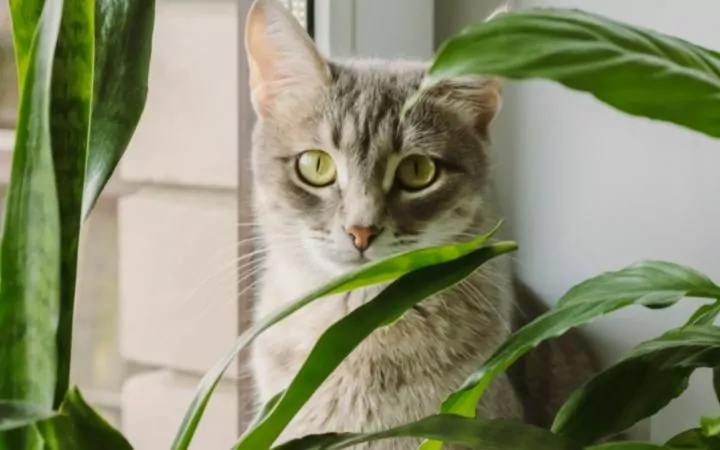
In this article, we will go through 20 common houseplants known to have toxic effects on cats.
20 Everyday Plants That Are Toxic to Cats
Alocasia (Elephant’s ear)
These species contain insoluble calcium oxalates, which get released by chewing or biting onto them. The crystals can penetrate tissue and irritate the oral cavity and the gastrointestinal tract, swelling of the upper respiratory tract causing dyspnoea and kidney damage in severe cases.
Other symptoms you may see are hypersalivation, pain, reduced appetite/inappetence, vomiting, and lethargy.
Aloe vera
The toxic component is saponins which is a naturally occurring detergent found on the leaves. It is known to cause symptoms such as nausea, vomiting, diarrhea, inappetence, depression, lethargy, tremors, and urinary discoloration between six to 12 hours after ingestion of the plant.
Amaryllis
A toxic component of this plant is Lycorine. Lycorine can be found in every part but is highly concentrated in the bulbs.
Lycorine is a toxic alkaloid that causes symptoms such as vomiting, diarrhea, hypersalivation, inappetence, darkened urine, lethargy, Gastroenteritis, abdominal pain, possible contact dermatitis to the mouth, throat, nose, and face.
Ingestion of larger amounts may lead to paralysis, central nervous system collapse, and death.
Azaleas
The plants contain Grayanotoxin, which can cause the following symptoms if any part of the plant gets ingested: lethargy, vomiting, diarrhea, ataxia, and possible cardiac failure.
Buttercup
The plant contains ranunculin, which converts into a toxin called protoanemonin when chewed or crushed. It is most concentrated in the flowering parts.
Protoanemon causes irritation, redness, swelling of the oral cavity and the gastrointestinal tract, hypersalivation, vomiting, diarrhea, and ataxia. If a large amount is ingested, it can result in haematuria and neurological symptoms such as tremors and seizures.
Chrysanthemum
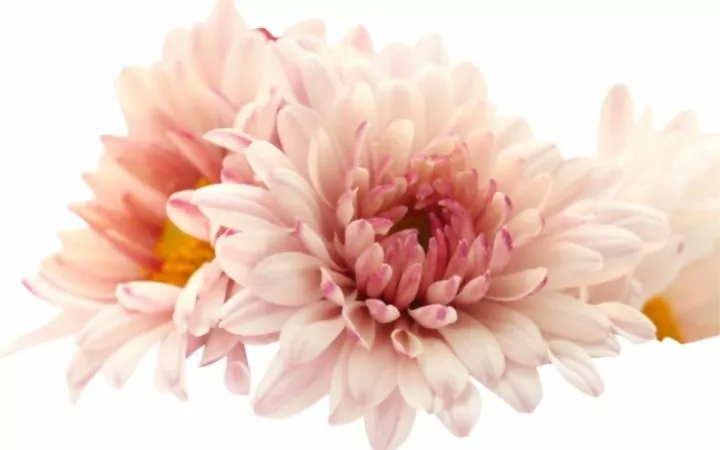
The plant contains sesquiterpene, lactones, pyrethrins, and other potential irritants that can harm cats. The whole plant is considered to have these compounds, and if ingested, it causes vomiting, diarrhea, hypersalivation, incoordination, and dermatitis.
Daffodil
It contains lycorine that is highly toxic and can be lethal when ingested in specific quantities. It causes lethargy, hypersalivation, vomiting, diarrhea, and abdominal pain but also cardiac arrhythmia, hypotension, dyspnea, and convulsions in severe cases.
Lycorine is found in the whole plant, but the bulbs are recorded to have the highest concentration.
Devil’s ivy
Similar to Alocasia, this plant contains insoluble calcium oxalates.
Upon ingestion, the crystals cause irritation and swelling of the organ cavities that they pass through (oral cavity, gastrointestinal tract, upper respiratory tract).
Other symptoms are hypersalivation, pain, reduced appetite/inappetence, vomiting, and lethargy. Accumulation of calcium oxalates in severe cases can lead to kidney damage.
Eucalyptus
A toxic compound called Eucalyptol which is a primary constituent of oil produced by the Eucalyptus species. It is commonly used as an essential oil. However, cats do not possess enzymes to process essential oils.
The cats that ingested any part of the plant or were exposed to the oil may be seen with the following symptoms: Hypersalivation, vomiting, reduced appetite/inappetence, diarrhea, ataxia, and/or severe neurological signs.
Fiddle leaf
Like the Swiss Cheese Plant, Fiddle leaf contains insoluble calcium oxalate and causes irritations, swelling, and pain of the oral cavity, gastrointestinal tract, and upper airway. Other symptoms are hypersalivation, inappetence, and vomiting.
Garlic (Liliaceae)
Disulfides and thiosulphates are chemical compounds in garlic that are toxic to cats. In addition, these compounds can cause a damaging effect on the animal’s red blood cells upon ingestion.
Symptoms may include vomiting, diarrhea, lethargy, dyspnoea or tachypnoea, tachycardia, pale/yellow/grey mucus membrane, abdominal pain, urinary discoloration. These symptoms may not become apparent until several days later after the ingestion.
Jade Plant (Rubber plant)
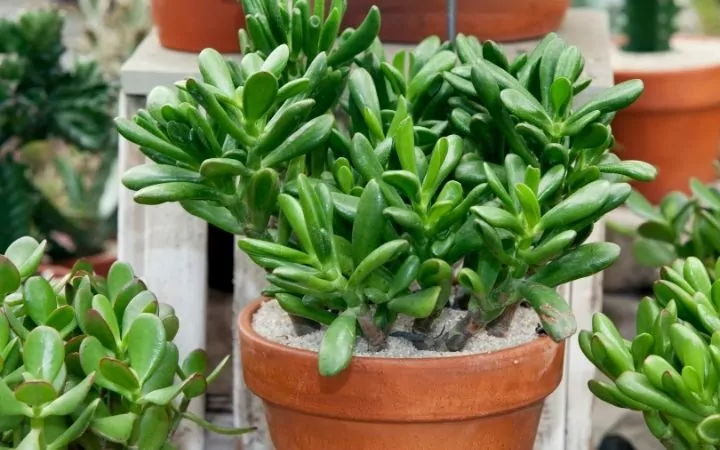
The exact toxic component is currently unknown. However, all parts of the plant are considered poisonous, and the highest concentration of the toxin is found on the leaves.
The symptoms that may be seen in the affected cats are vomiting, bradycardia, depression, lethargy, inappetence, sudden behavioral change, and loss of motor function or incoordination.
Moss Rose
The plant contains soluble calcium oxalate, which binds to the systemic calcium in the body and causes acute hypocalcemia and leads to more severe complications if not treated promptly. Symptoms may be hypersalivation, tremors/tetany lethargy, vomiting, diarrhea, and anorexia.
Parsley
It contains a toxic component called Furanocoumarins. Furanocoumarins cause photosensitivity, irritation in the oral cavity and upper respiratory tract, redness and swelling around the nose and lips, and Phytophotodermatitis.
Sago palm
The primary toxic agent is cycasin that can cause vomiting, black tarry-looking diarrhea, hematoma, polydipsia, lethargy, liver damage/failure, and death. Thus, the whole plant is deemed toxic, with the seeds being the most toxic part of the plant.
Snake plants
The plants contain saponins like Aloe Vera. Saponins cause vomiting, nausea, diarrhea, inappetence, depression, lethargy, tremors, and urinary discoloration. Unlike aloe vera, symptoms appear shortly after ingestion has taken place.
Swiss Cheese Plant
The plant contains insoluble calcium oxalate. The crystals cause irritations and swelling of the Oral cavity, gastrointestinal tract, and upper respiratory tract. Other symptoms are hypersalivation, pain, reduced appetite/inappetence, vomiting, and depression.
Tomato plants
Plants contain a toxin called Solanine. Its concentration is highest in the leaves, vines, stems, and unripened green-colored bodies. Symptoms you may see in the affected cats are hypersalivation, inappetence, bradycardia, pupil dilation, and severe gastrointestinal issues.
Tulip
It contains tulipalin A and tulipalin B. They are present in every part of the plant but most concentrated in the bulbs. The ingestion of the plant causes hypersalivation, vomiting, diarrhea, lethargy/depression, and tremors.
Yucca plant
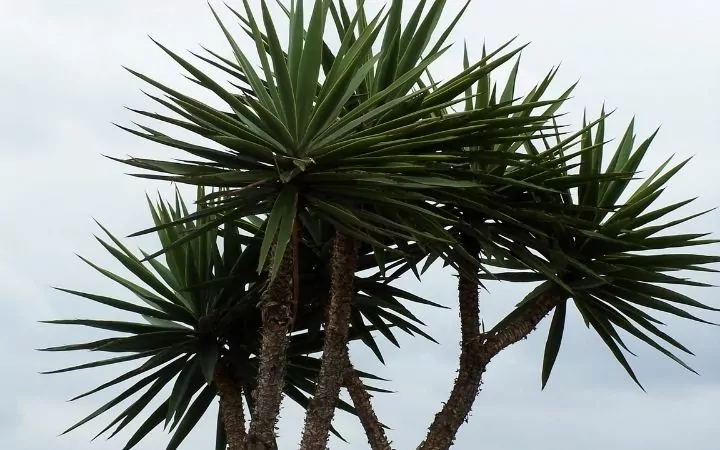
Every part of the plant contains a toxic component, saponin. Symptoms associated with its ingestion are vomiting, diarrhea, inappetence, depression, convulsions, and incoordination.
Signs and Symptoms of a Poisoned Cat
Symptoms can vary depending on the toxin type, but generally, an affected cat shows a demeanor change and discomfort.
Other visible signs that may be present are hypersalivation, tachycardia, bradycardia, dyspnoea, hyper/hypotension, vomiting, diarrhea, anorexia, polydipsia, urinary discoloration, ataxia, tremors, and incoordination.
ILV’s Top Feline Plant Safety Tips
- Remove the plants from your cat’s environment.
- Position the plants out of reach of your cat.
- Have a plant room that is off-limit for your cat.
- Have feline-safe plants only.
Which Parts of Plants are Toxic to Cats?
If a plant is identified as toxic, it is presumably poisonous as a whole. However, theHowever, even concentration of toxins may vary in different parts of the plant.
A List of Plants That Are Feline-Safe
- Achira (Canna edulis)
- Acorn Squash (Cucurbita pepo)
- African Daisy (Gerbera jamesonni)
- Algaroba (Prosopis limensis)
- Aluminum plant (Pilea cadieri)
- Alumroot (Hechera sanguinea)
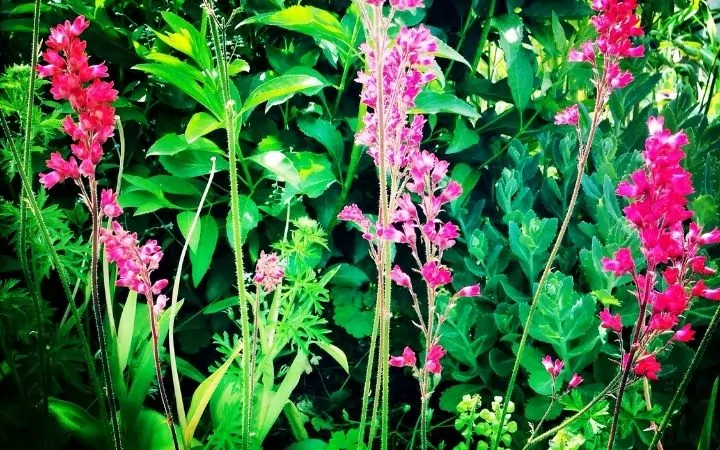
- Alyssum (Alyssum spp.)
- American Rubber Plant (Peperomia obtusifolia)
- Amur Maple (Acer ginnala)
- Arabian Gentian (Exacum affine)
- Areca Palm (Dypsis lutescens)
- Aregelia (Neoregalia spp.)
- Artillery Plant (Pilea microphylla)
- Australian Pine (Araucaria heterophylla)
- Autumn Olive (Eleagnus spp.)
- Baby’s Breath (Gypsophia elegans)

- Baby Rubber Plant (Peperomia obtusifolia)
- Ball Fern (Davallia spp.)
- Bamboo (Phyllostachys aurea)
- Bamboo Palm (Chamaedorea elegans)
- Bamboo Vine (Smiax laurifolia)
- Banana (Musa acuminata)
- Banana Squash (Cucurbita maxima)
- Basil (Ocimum basilicum)
- Cape Marigold (Dimorphotheca spp.)
- Chestnut (Castanea dentata)
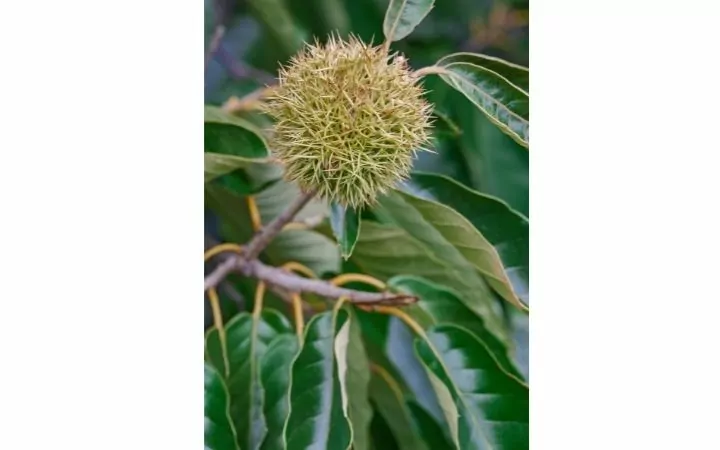
- Cornflower, Bluebottle (Centaurea cyanus)
- Fennel (Foeniculum vulgare)
- Fern Holly, Japanese Holly, Fish Tail (Cyrtomium falcatum)
- Goodluck Palm (Chamaedorea elegans)
- Hibiscus (Hibiscus syriacus)
- Honeysuckle Fuchsia (Fuchsia triphylla)
- Irish Moss (Selaginella kraussiana)
- Jasmine (Jasminium spp.)
- Kenilworth Ivy (Cymbalaria muralis)
- Lady Palm (Rhapis flabelliformus)
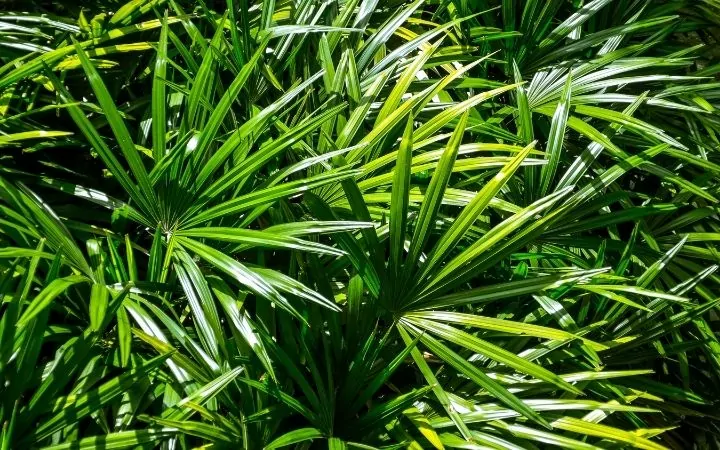
- Lemon Balm (Melissa officinalis)
- Locust Pods (Ceratonia siliqua)
- Magnolia Bush (Magnolia stellata)
- Marigold (Calendula officinalis)
- Money Tree (Pachira aquatica)
- Mulberry Tree (Morus spp.)
- Polka Dot Plant, Flaming Plant, Freckle Face, Pink Splash (Hypoestes phyllostachya)
- Rex Begonia (Cissus dicolor)
- Ribbon Plant, Spider Plant, Spider Ivy (Chlorophytum comosum)
- Trailing Begonia (Pellionia daveauana)
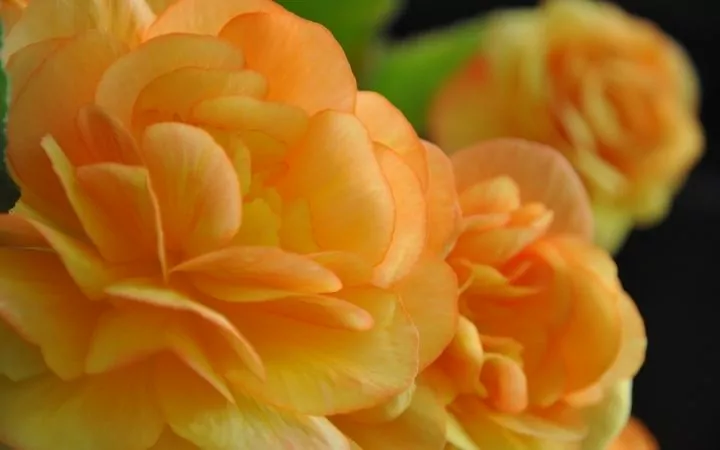
- Weeping Bottlebrush (Callistemon viminalis)
- Withered Snapdragon (Antirrhinum multiflorum)
What Should I Do if I Suspect My Cat Has Been Poisoned by a Plant?
Immediately remove the suspected plant off/away from your cat. You may want to bag the plant or a piece from the plant if you need to take your cat to a veterinarian, even if you know or have a reasonable suspicion of what plant came into contact with your cat.
Place or keep your cat in a confined, safe area. Move fast but calmly and quietly to ensure the stress level of your cat is minimal. Dimming the room light or covering the confinement (if the cat is in a carrier) can help calm your cat.
Contact a veterinary clinic and let them know that your cat has come to contact with a suspected toxic plant, including the following information:
- Plant name (if it is known)
- Location of the incident
- Time of incident
- presenting symptoms
The veterinary staff will advise you on the best course of action to take. It may be a good idea to save the phone numbers of veterinary clinics on your phone in case of emergencies such as this.
Diagnosis, Living, and Management
Diagnosis is straightforward with correct information of the causal plant. Even without proper identification of the plant, a physical examination and a blood analysis can determine the toxic effects that the cat is experiencing at the time of presentation.
The main focus of the treatment is the removal of the toxin and treatment of the symptoms.
Medically-induced emesis, administration of activated charcoal, or physical removal of the toxic material from the oral cavity may be performed successfully during triage in the early stage of the acute poisoning.
However, they are harder to perform in subsequently deteriorated cats in the later stage of poisoning. Also, they are contraindicated in unconscious, actively seizing, or heavily compromised cats.
Supportive care such as fluid therapy and medical therapy using analgesics, antiemetics, gastrointestinal medications, anti-inflammatory, etc., may be required until the risk of ill effects from the toxin subdues. Some may be short-lasting, yet others can cause long-lasting ill effects or, worse, can be fatal.
